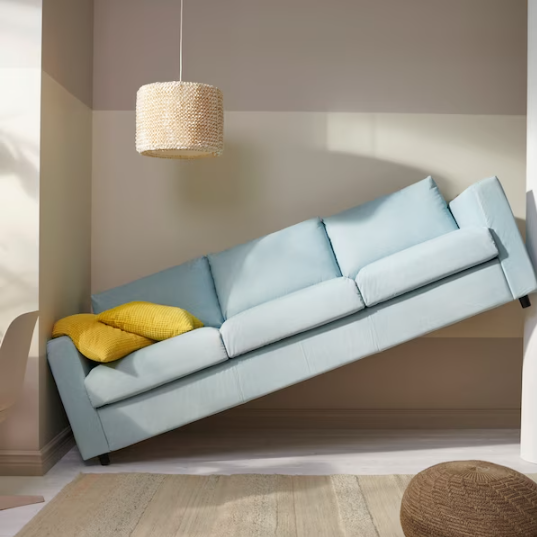In the ever-evolving landscape of furniture retail, a substantial challenge looms large – the intricate web of product returns. This predicament extends beyond the surface, entangling issues like damaged goods, escalated transportation costs, and significant environmental repercussions.

The Domino Effect of Damaged Items:
One of the primary concerns faced by furniture stores is the domino effect initiated by product damages. Whether in transit or due to mishandling, damaged items trigger a series of consequences. Not only does this lead to financial losses for the retailer, but it also leaves a trail of disappointed customers grappling with the aftermath of receiving flawed furniture.
Transportation Costs on the Rise:
The logistical ballet involved in transporting furniture from store to doorstep is an intricate dance. However, when a product is destined for return, this dance becomes more complicated and costly. The increased transportation costs associated with returns create financial strains for furniture stores, impacting their bottom line and, in some cases, the pricing structure for consumers.
Environmental Ramifications:
The environmental footprint left by the furniture retail industry is a growing concern. Product returns exacerbate this issue, contributing to heightened waste and carbon emissions. As returned items often cannot be resold in their original condition, they may end up in landfills, further taxing the environment. The need for sustainable practices within the industry is more pressing than ever.
Addressing Customer Dimension Mismatch:
Another facet of the challenge is the lack of awareness and confidence among customers regarding space dimensions. Often, customers miscalculate or are unsure of the appropriate dimensions for their furniture, leading to misguided choices. This discrepancy further fuels the cycle of returns and adds complexity to the retailer-customer relationship.

Navigating Style and Color Preferences:
Customers, at times, find themselves dissatisfied not due to product defects but rather because of style and color misalignment. The aesthetic appeal of furniture plays a crucial role in customer satisfaction, and when the chosen style or color doesn’t harmonize with the customer’s space, returns become inevitable.
Conclusion:
In the intricate world of furniture retail, addressing the challenges associated with returns is paramount. As the industry grapples with issues ranging from damaged items to environmental concerns, finding innovative solutions becomes imperative. Retailers must actively engage in sustainable practices, invest in transparent communication, and leverage technology to reduce the environmental impact and enhance the overall customer experience. In doing so, they can transform the challenge of returns into an opportunity for positive change within the furniture retail landscape.









